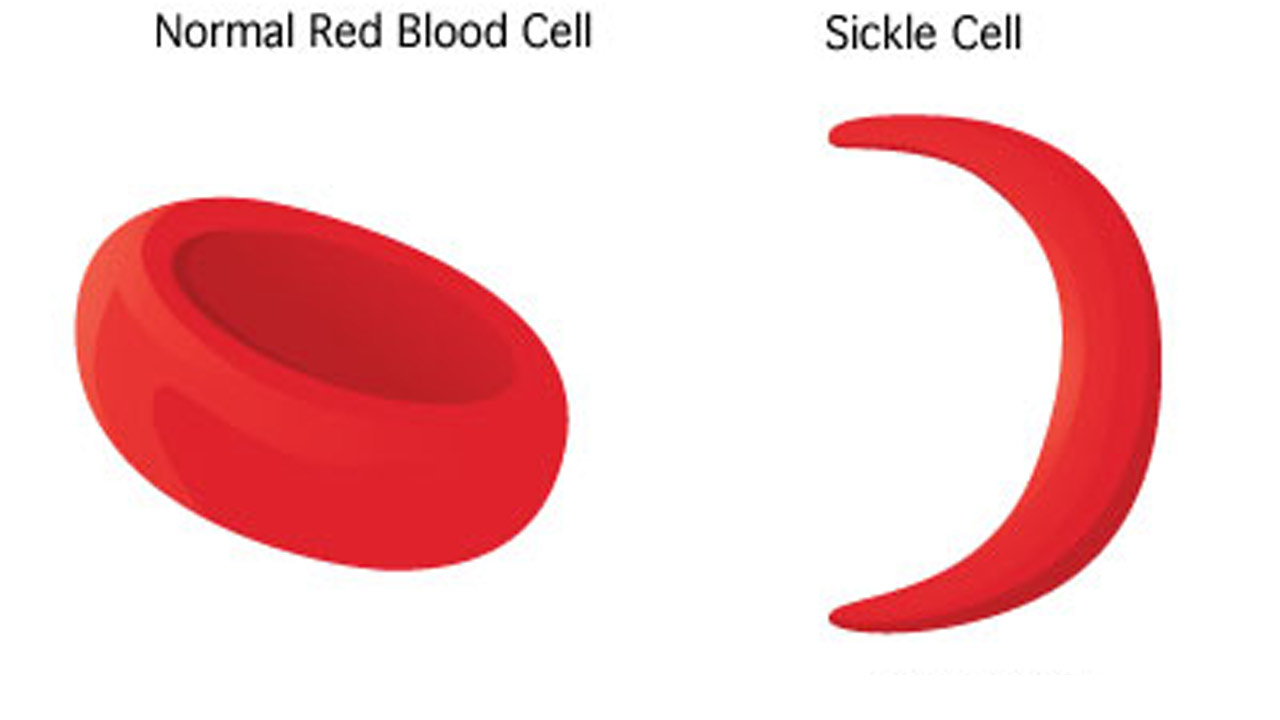World Sickle Cell Day is observed every year on June 9 to raise awareness of sickle cell at a national and international level. In fact, the entire month of June is celebrated world over as Sickle Cell Month considering its impact on the common man. Dr Gaurav Kharya – Clinical Lead, Centre For Bone Marrow Transplant and Cellular Therapy Indraprastha Apollo Hospital – discussed in length about this disease during a live Facebook session on Health Wire. Here are the excerpts of the session.

What is Sickle Cell Disease?
“As the name suggests, the Red Blood Cells (RBCs) become sickle-shaped i.e. both the corners of RBCs become sharp or pointed. Usually, the shape of RBC is biconcave and it moves very smoothly within the blood vessels without causing any damage to the linings of blood vessels. But when sickle cells with pointed ends move, they tend to cause damage to the epithelium or linings of blood vessels. Blood circulates to every part of the body so these sickle cells can damage any part. It causes variable sort of clinical manifestations and the milder forms are transient ischemic attack where the patient can lose consciousness for a few seconds and their look might become vacant. Most of the time it is very difficult to recognise that there is something abnormal but something sinister might happen if we don’t intervene early.”
How does a person get a Sickle Cell Disease?
“Sickle cell disease is an inherited condition. So any child who is suffering from sickle cell disease inherits it from parents. If both the parents are the carrier of sickle cell disease and defective genes from both the parents is transmitted to any particular child, he or she will be affected with homozygous sickle cell disease (HBSS). Whereas, if only one defective gene is transmitted, the child will have sickle cell trait (SCT). SCT means that child might not have any or very milder manifestation of sickle cell. This means the child will be a trait “carrier” and can pass it on to his or her children. So inheritance patter is very very similar to thalassemia.”
What are the Symptoms?
“People with sickle cell disease often have a low number of red blood cells or anemia. The most common manifestation of sickle cell disease is a drop in the number of red blood cells or anemia and the pale colour of the body. Along with this, there is also an increased level of bilirubin so jaundice appears and eyes turn yellow. This happens because sickle red blood cells broke down after 10 to 20 days (instead of usually 120 days) and release bilirubin. So jaundice, anemia, pain, and swelling in small joints like knuckles and wrists are some very common manifestations. In severe cases, there could be acute chest pain, trouble breathing, stroke, etc.”
https://www.facebook.com/healthwiremedia/videos/259261998725848/?t=0
Medicines for sickle cell disease
“As soon as the patient is diagnosed with sickle cell disease, he or she should be given hydroxyurea. It’s a very helpful medicine. There is a lot of anxiety about hydroxyurea because as soon as you put it in Google it shows anti-cancer drug but it is not an anti-cancer drug, it depends on the indication which you use. It is a wonder drug for sickle cell disease. Any child having sickle cell disease should be on the optimal dosage of hydroxyurea. Another drug is folic acid because these patients have a rapid break down of red blood cells and folic acid goes down so they should be on the regular folic acid replacement. Also, the spleen of sickle cell patients becomes non-functional after a certain point of time so these patients need to be on lifelong penicillin.”











